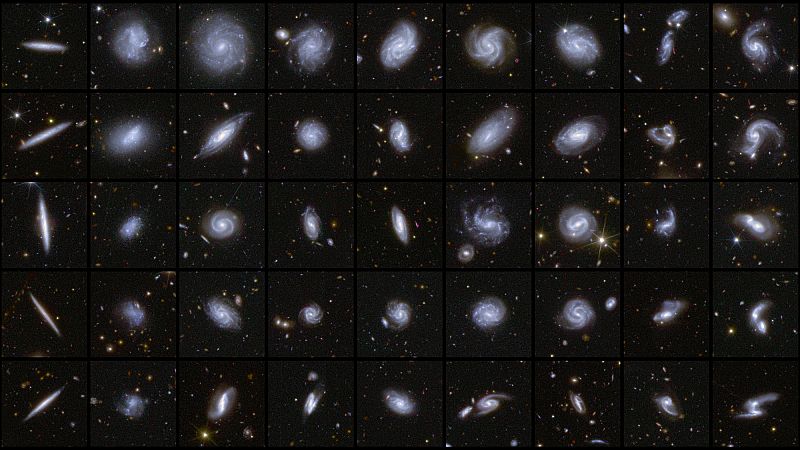

A European space telescope Launched to investigate the mysterious cosmos, this project has unveiled a wealth of new information about far-off galaxies.
On Wednesday, the European Space Agency’s Euclid observatory unveiled images and additional details, offering a sneak peek at three celestial regions that the mission aims to scrutinize with greater precision. This endeavor involves charting the forms and positions of 26 million galaxies located billions of light-years distant. It's worth noting that one light-year spans almost six trillion miles.
"By releasing the initial data from Euclid’s survey, we are opening up a wealth of knowledge for researchers to explore and address some of the most fascinating mysteries in contemporary science," stated Carole Mundell, ESA’s director of science, in an official announcement.
Through this initiative, ESA is fulfilling its promise to advance scientific knowledge for future generations.
The observatory launched in 2023 from Florida is compiling a cosmic map aimed at uncovering insights into the functioning of our expanding universe and exploring the potential roles played by enigmatic forces such as dark energy and dark matter.
The mysterious pair compose much of our cosmos, yet scientists remain unsure about their exact nature.
Over a span of six years, Euclid is anticipated to obtain images of more than 1.5 billion galaxies, transmitting approximately 100GB of data daily, according to the ESA.
The space agency also emphasized that artificial intelligence (AI) will play a crucial role in examining and organizing the vast quantities of information sent back to our planet.
“We're not only developing the tools but also supplying the measurements. This allows us to provide advanced scientific findings within just a few weeks, rather than the many years required for analyzing large-scale surveys using traditional methods," stated Mike Walmsley, a scientist from the Euclid Consortium.

Our website uses cookies to improve your experience. Learn more